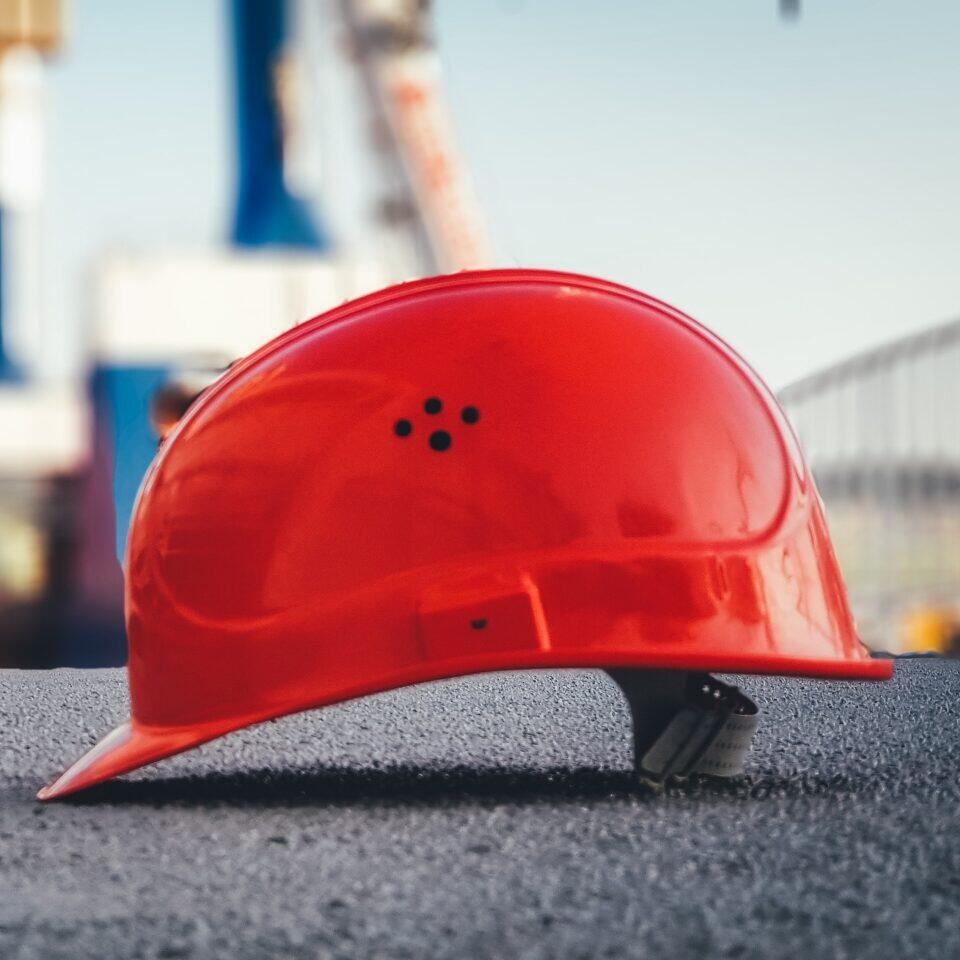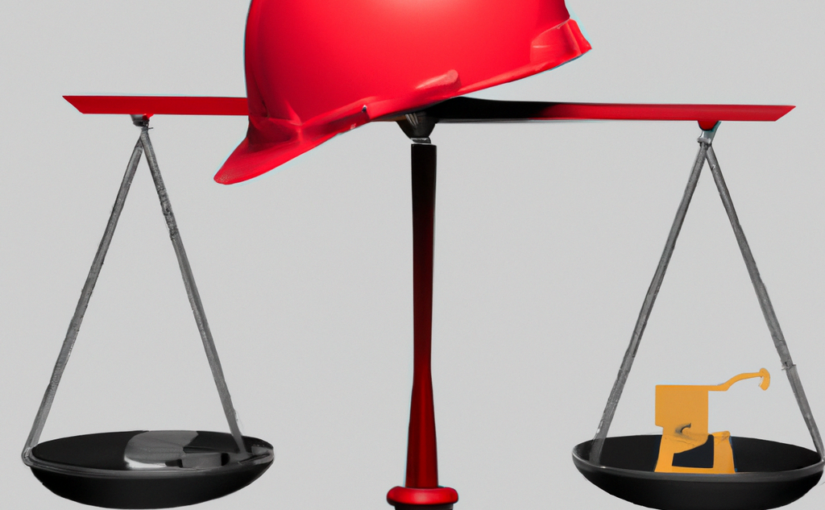Last Updated on May 19, 2023
New employees are at a high risk for workplace injuries. Employers can help reduce the risk by providing comprehensive training, creating a culture of safety, and monitoring new employees closely.
- Employees in their first year on the job are at a higher risk for workplace injuries than employees with more experience.
- There are a number of factors that contribute to the high rate of injuries among new employees, including unfamiliarity with the specific hazards of the job, eagerness to make a good impression, and taking risks.
- Employers can take a number of steps to help reduce the risk of injuries among new employees, including providing comprehensive training, creating a culture of safety, and monitoring new employees closely.
- Employees ages 60 and older had higher average costs per claim than employees in other age groups.
- Employers can help reduce the risk of injuries among older employees by providing them with appropriate training and safety equipment, and by creating a workplace culture that is supportive of older workers.
New Employees at High Risk for Workplace Injuries
A new report from Travelers Insurance finds that employees in their first year on the job are at a higher risk for workplace injuries than employees with more experience. The report, which analyzed more than 1.5 million workers’ compensation claims, found that employees in their first year on the job accounted for 35% of all claims and nearly 7 million missed workdays due to injury.
Factors That Contribute to Injuries Among New Employees
There are a number of factors that contribute to the high rate of injuries among new employees.
- Unfamiliarity with the specific hazards of the job. New employees may not be aware of the potential hazards associated with their new job. They may not know how to use equipment safely, or they may not be aware of the company’s safety policies and procedures.
- Eagerness to make a good impression. New employees may be eager to make a good impression on their new employer. They may be afraid to ask questions or take the time to learn how to do things safely. They may also be more likely to take risks, such as working without proper safety gear or trying to do things too quickly.
- Taking risks. New employees may be more likely to take risks than employees with more experience. They may not be aware of the potential consequences of their actions, or they may be more willing to take risks in order to get the job done.
- Fatigue. New employees may be more likely to experience fatigue than employees with more experience. They may be working long hours, or they may be working in a new environment that is unfamiliar to them. Fatigue can increase the risk of injuries by impairing judgment and coordination.
- Stress. New employees may be more likely to experience stress than employees with more experience. They may be facing new challenges, or they may be feeling pressure to perform well. Stress can increase the risk of injuries by impairing judgment and coordination.
What Employers Can Do to Reduce the Risk of Injuries Among New Employees
Employers can take a number of steps to help reduce the risk of injuries among new employees. These steps include:
- Providing comprehensive training on the specific hazards of the job.
- Ensuring that new employees are familiar with the company’s safety policies and procedures.
- Creating a culture of safety where employees feel comfortable asking questions and reporting hazards.
- Providing new employees with the proper safety gear.
- Monitoring new employees closely during their first few weeks on the job.
By taking these steps, employers can help to reduce the risk of injuries among new employees and keep their workplaces safe for everyone.
Employees 60+ and Work Injury
In addition to the factors mentioned above, the report also found that employees ages 60 and older had higher average costs per claim than employees in other age groups. This is likely due to a number of factors, including the fact that older employees may have more health problems and may be more likely to suffer from serious injuries.
Here are some of the factors that contribute to higher average costs per claim for older employees:
- Health problems. Older employees are more likely to have health problems than younger employees. These health problems can make them more susceptible to injuries, and they can also make it more difficult for them to recover from injuries.
- Serious injuries. Older employees are more likely to suffer from serious injuries than younger employees. This is because they may not be as physically fit as younger employees, and they may not be able to react as quickly to hazards.
- Longer recovery times. Older employees may take longer to recover from injuries than younger employees. This is because they may have more health problems, and they may not be able to get as much rest as younger employees.
- Increased medical costs. The medical costs associated with injuries are often higher for older employees than for younger employees. This is because older employees may have more health problems, and they may need more specialized care.
Employers can help to reduce the risk of injuries among older employees by providing them with appropriate training and safety equipment, and by creating a workplace culture that is supportive of older workers.
By taking steps to address the factors that contribute to injuries among new and older employees, employers can help to create a safer workplace for everyone.
Injured at Work?
If you are injured at work, there are a few things you should do to protect your rights and get the benefits you deserve.
- Report the injury to your supervisor as soon as possible. This is important to document the injury and to start the process of getting medical treatment.
- Get medical treatment right away. Even if you don’t think your injury is serious, it’s important to get it checked out by a doctor. This will help to ensure that you get the treatment you need and that your injury doesn’t get worse.
- File a workers’ compensation claim. Workers’ compensation is a type of insurance that provides benefits to employees who are injured on the job. To file a claim, you will need to provide information about your injury, including the date and time of the injury, the nature of the injury, and the name of your employer.
- Get help from an experienced workers’ compensation attorney. If you have been injured at work, it’s important to get help from an experienced workers’ compensation attorney. An attorney can help you understand your rights, file a claim, and negotiate with your employer to get the benefits you deserve.
By following these steps, you can protect your rights and get the benefits you deserve after a work injury.

